Horse power: the legacy of Ferrari is given a dramatic stage at London's Design Museum
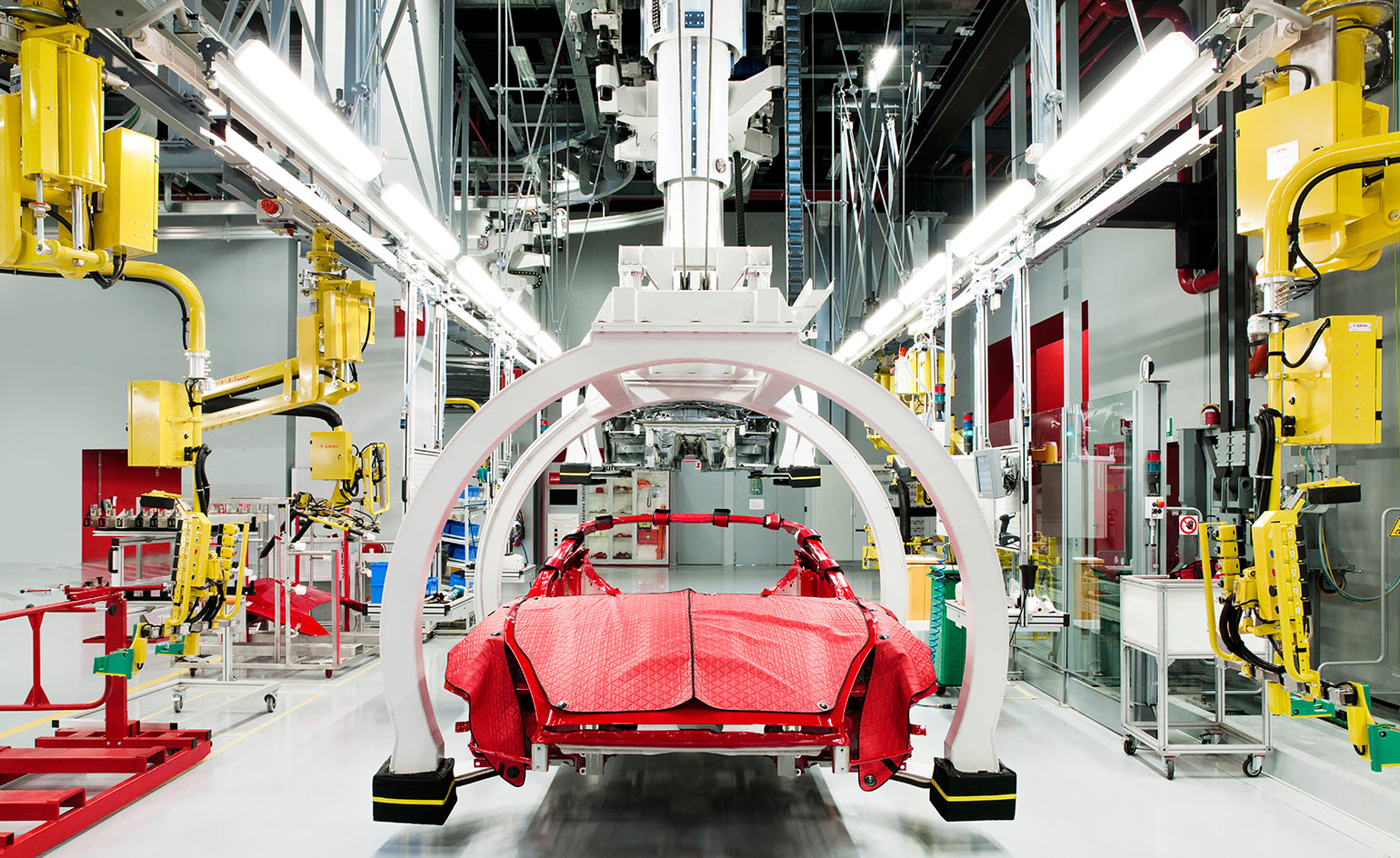
Up until now the quintessential Ferrari exhibition was the display assembled by Ralph Lauren from his world-beating car collection back in Paris in 2011. Lauren’s 'L'Art de L'Automobile' wasn’t even totally dedicated to Ferrari, but the Italian marque dominated. The Design Museum’s new Ferrari blockbuster doesn’t have the space to replicate the meticulous gallery-style display Lauren maintains at his private garage in Westchester County, New York, where his priceless cars are presented both as automotive art and kept primed for everyday use. Instead, 'Ferrari: Under the Skin' is a far more claustrophobic affair, with dark red walls and dominant super-graphics and a tumbling wealth of ephemera and historical material set up alongside the cars themselves. The lighting and framing is dramatic and heroic, for this is an uncritical look at the triumphant synergy of design, engineering and branding.
Ferrari undeniably has a design story to tell, for it is one of those brands that cleverly filters its image from the highest levels (invitation only limited edition supercars) right down to the mass-market, with shop-fulls of merchandise keeping the flame alive. Curated by Andrew Nahum and Gemma Curtin, 'Under the Skin' begins as a chronological display of Ferrari’s origins, charting how Enzo Ferrari parlayed his pre-war experience as a driver and manager for the likes of Alfa Romeo’s racing team into his own car company, starting with the Ferrari 125 S of 1947. Seventy years is a substantial chunk of history to revisit, and the show’s publicity material makes a point of totting up the value of the display. £140m worth of cars is even more impressive when you realise there are only 13 in the show, alongside a scattering of models of various scales, styling bucks and engines and chassis.
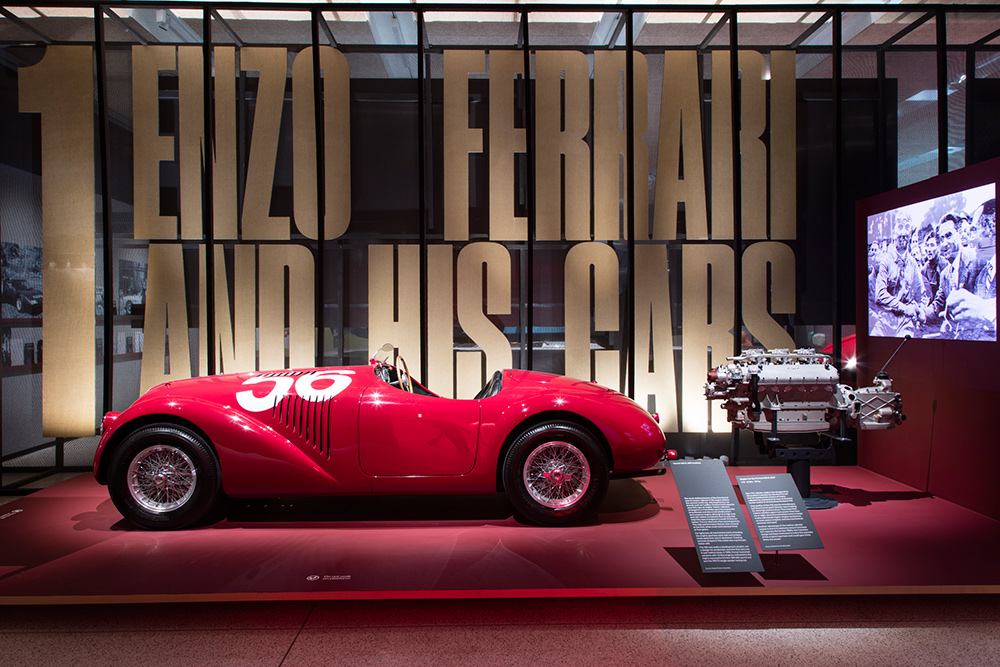
The exhibition charts Ferrari’s history, starting with 1947’s 125 S
That valuation alone is the reason the Ferrari legend endures (is this is the most expensive collection of objects the Design Museum has ever assembled?). One consequence is that the lustre and patina of actual use is almost entirely absent - when not being used, these cars still feel showroom fresh (you can’t even photograph one of the loan cars, lest the proliferation of its image somehow diminishes its value. Perhaps the owner has been reading Walter Benjamin).
Enzo Ferrari was already a legend before he put his name on a car. ‘He did not race to sell cars - he sold cars to keep on racing,’ one panel reads. That relationship is not so straightforward today, with Ferrari’s Formula 1 future in doubt for the first time in decades. The innovation that drives the highest of the high-end models forward might have its origins on the track, but ultimately it could just as easily be driven by the wallets of the marque’s vociferous and voracious collectors. Over the years the company has kept an iron grip on its image, without losing its finger for the pulse of popular culture. The casual graphic elegance of its 60s and 70s yearbooks is a particular highlight, and the archive imagery of car designs and sketches is compelling.
But Ferrari today is not about nostalgia. ‘We don’t like to repeat ourselves,’ insists Flavio Manzoni, Ferrari’s Senior Vice President of Design, ‘I am on a constant quest for innovation.’ Sure, there are the occasional visual quotes and references from new to old, but the company has no pattern book of forms that it relies on to give its cars a consistent image over the decade. This show elevates car and designer to heroic status but never quite gets under the skin of the brand’s raw appeal to the emotions, whether it's from rock stars or celebrity chefs right down to those who simply want an association – at any scale – with the famous prancing horse.
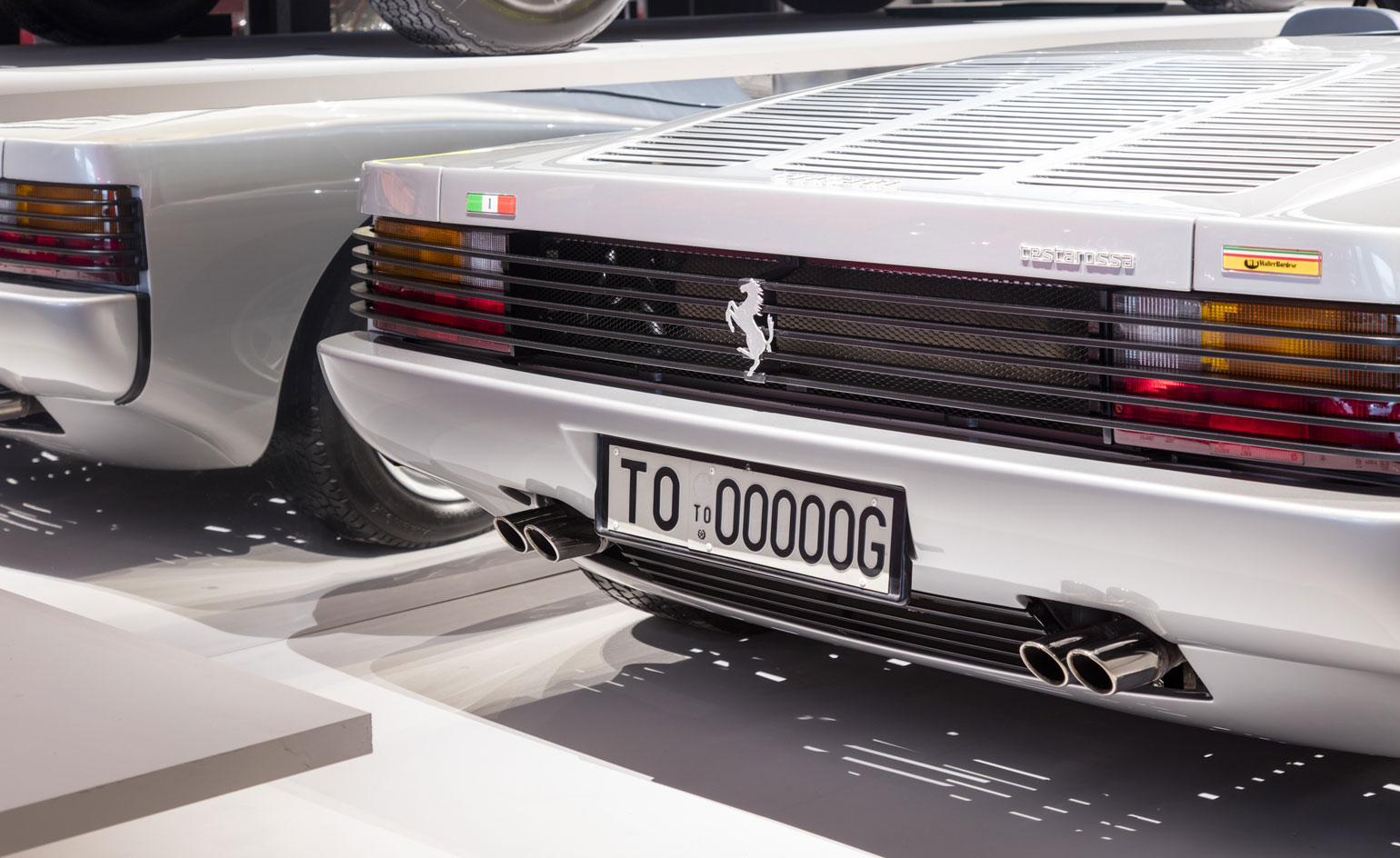
The price of the 13 cars on show tallies to an impressive £140m.
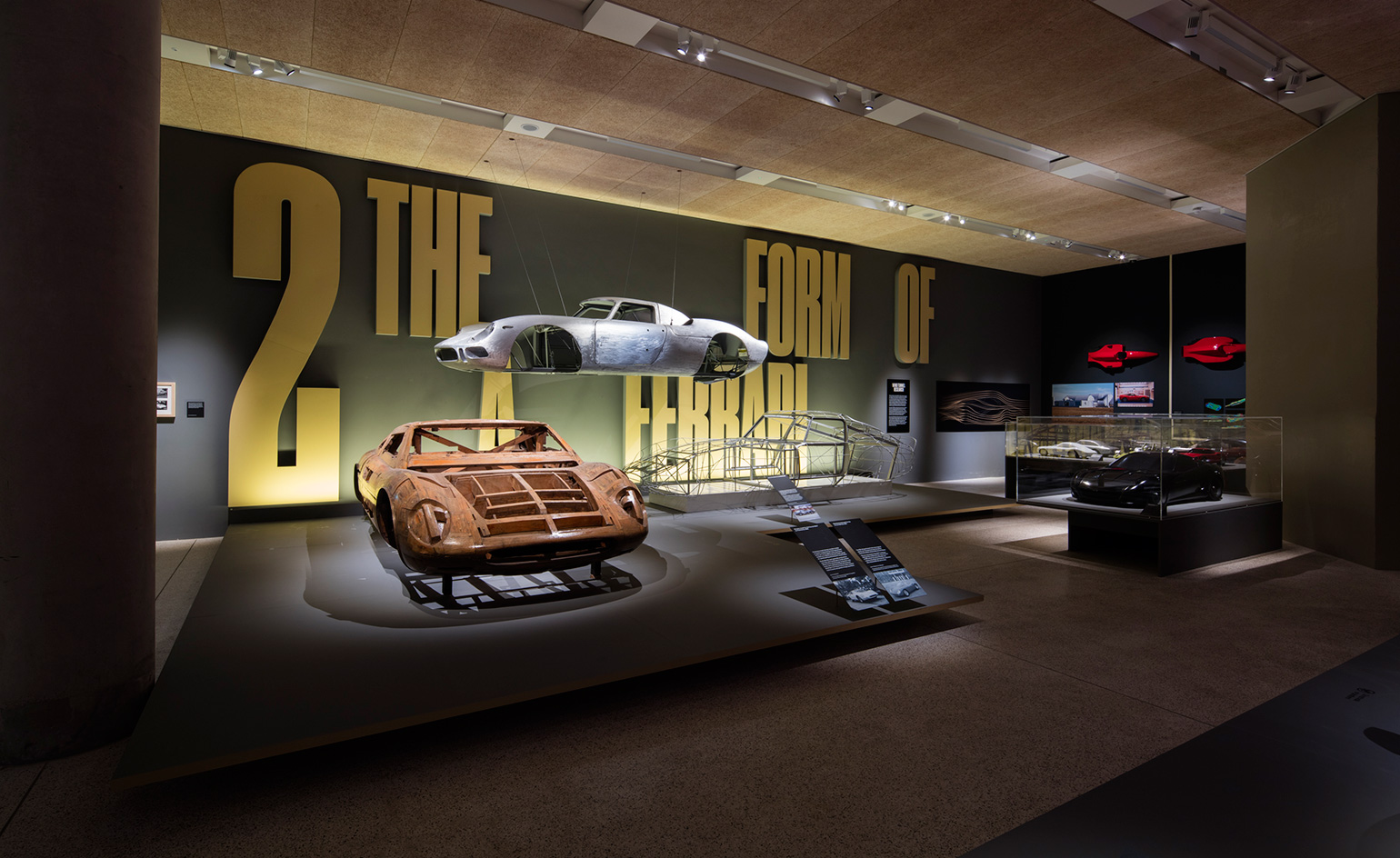
London’s Design Museum pays homage to the legacy of supercar titan Ferrari with its new exhibition, ’Ferrari: Under the Skin’.
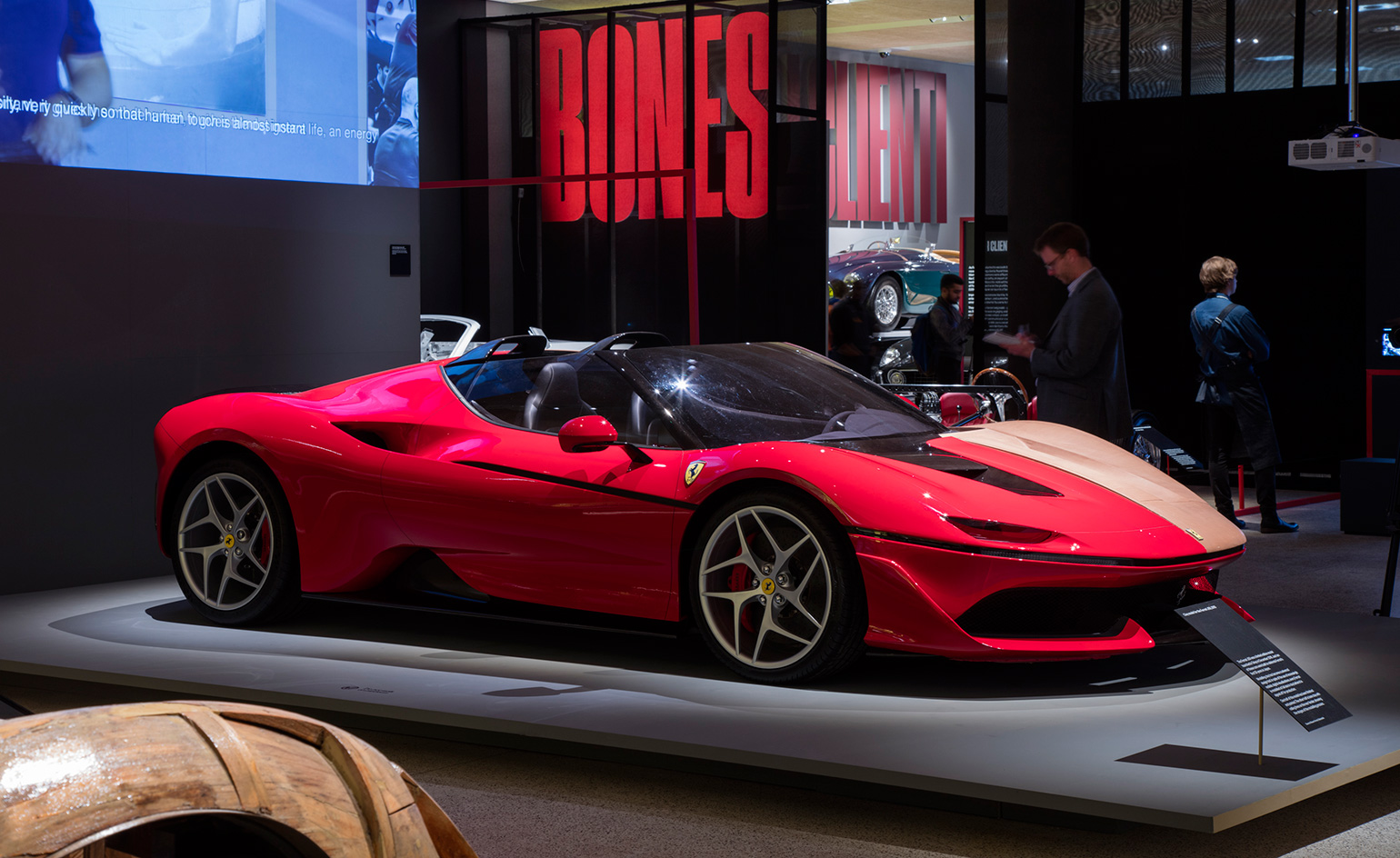
The lighting and framing of each vehicle is dramatic and heroic, a testament to the Ferrari history.
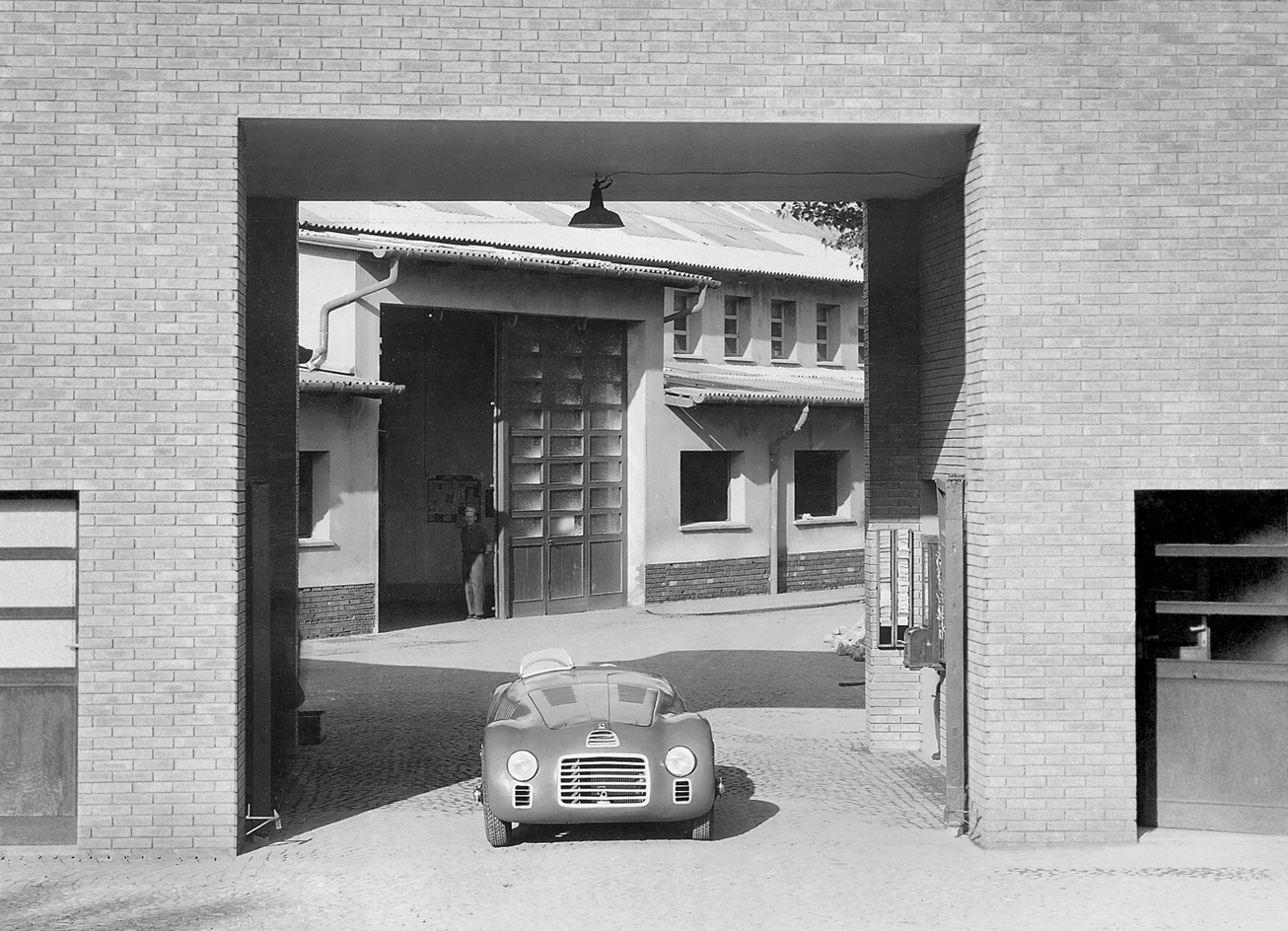
Ferrari 125 S, positioned at the entrance of the Ferrari factory, 1947
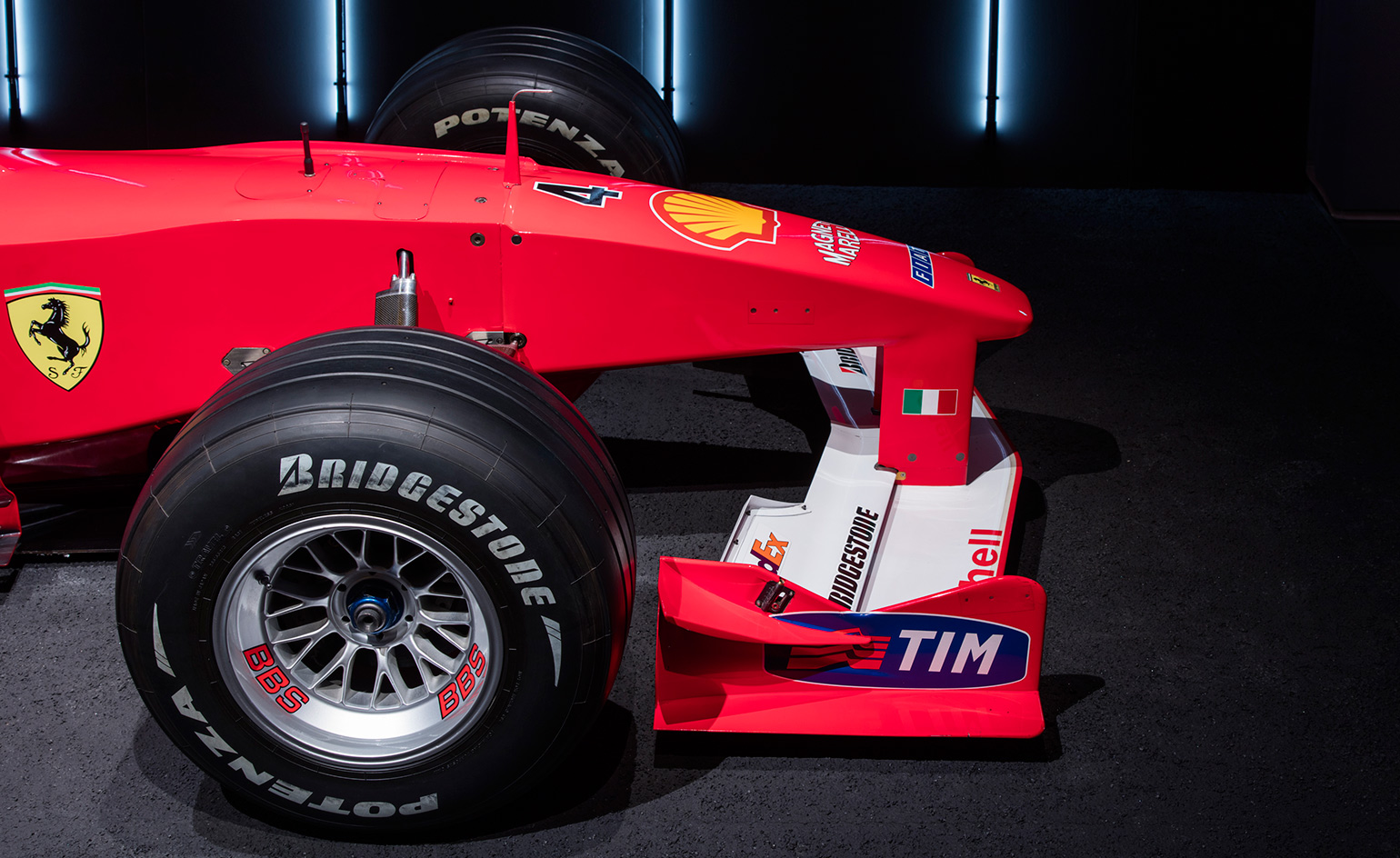
Michael Schumacher’s winning Forumla 1 car.
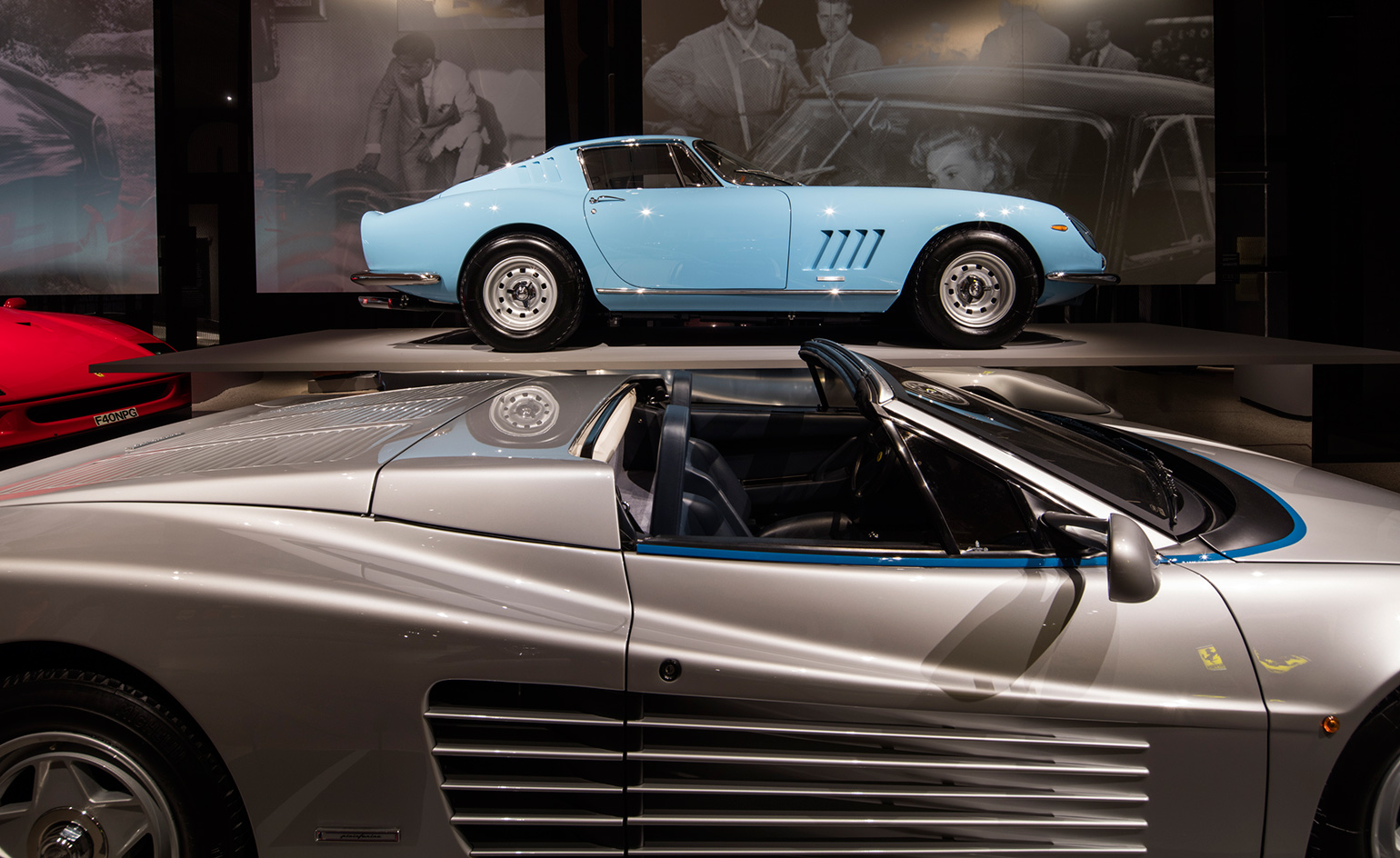
Ferrari’s vehicles continue to be reverred by A-list celebrities through its continuously expanding 70-year timeline.
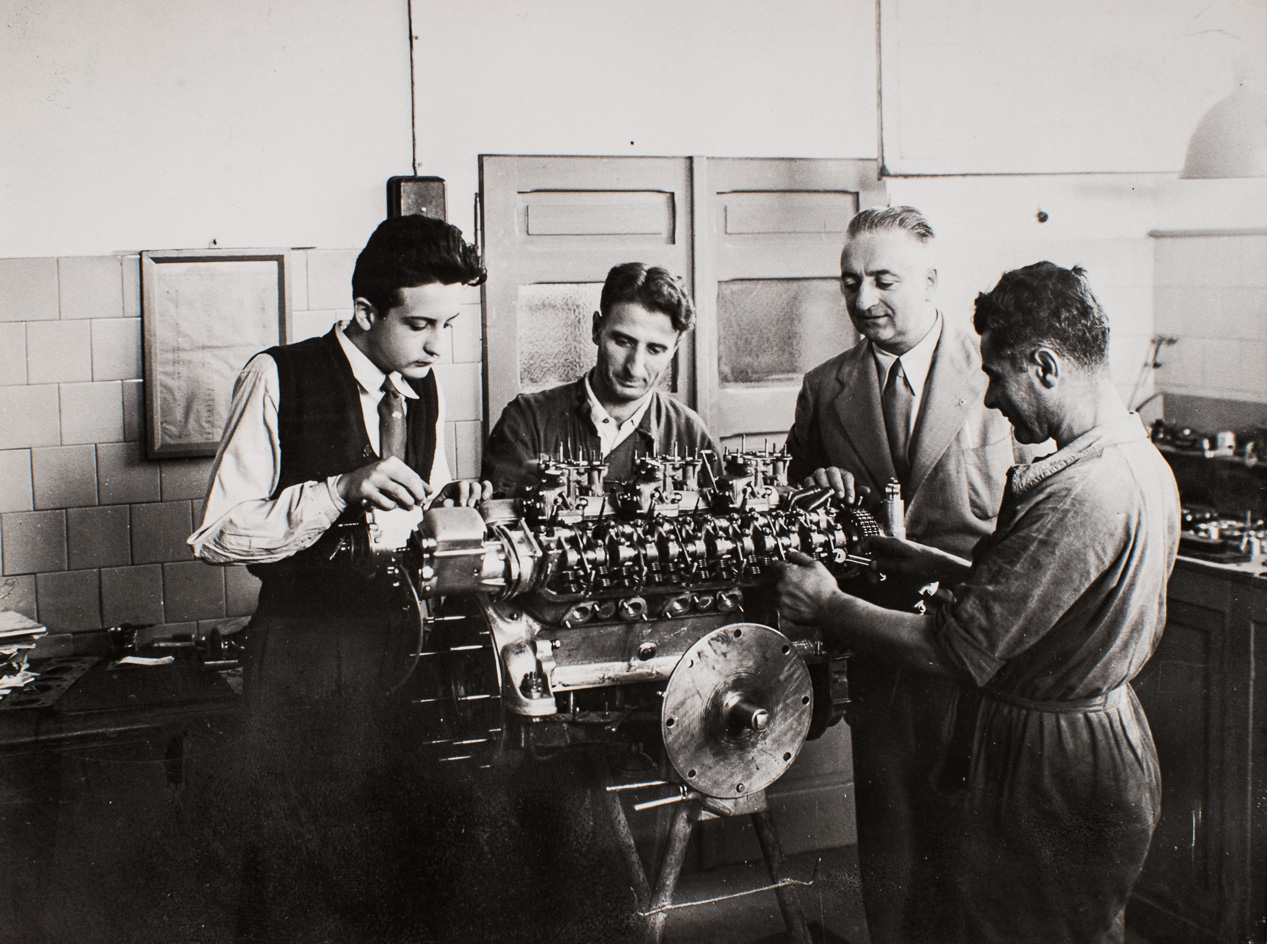
Enzo Ferrari in Factory, 1947
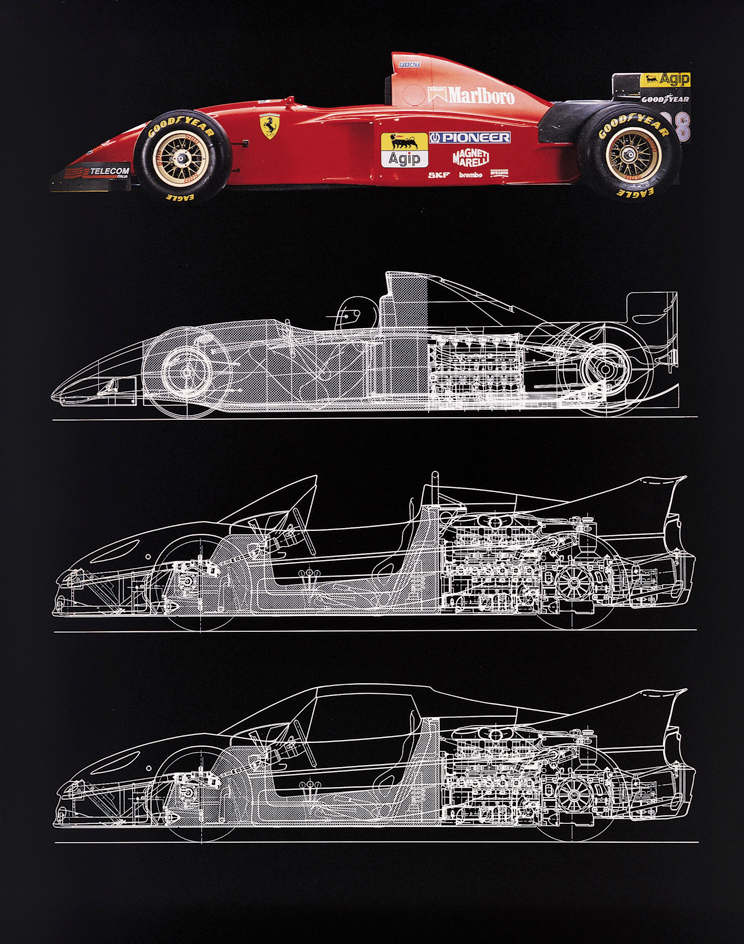
The show explores the production design of the vehicles alongside the finished products
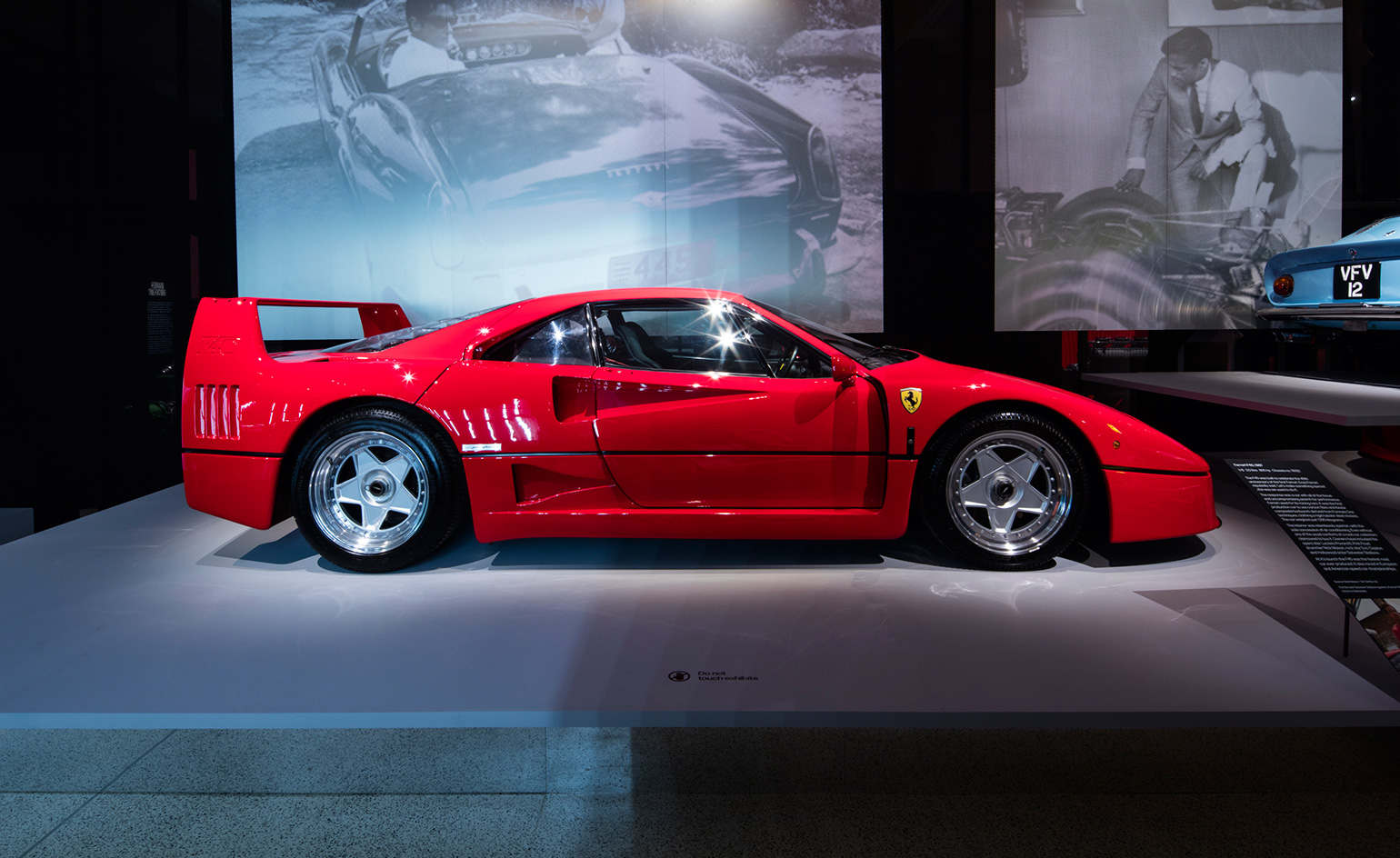
While historical, the exhibition is by no means nostalgic – Ferrari is on a constant quest for innovation.

Phaidon has produced a book to accompany the exhibition
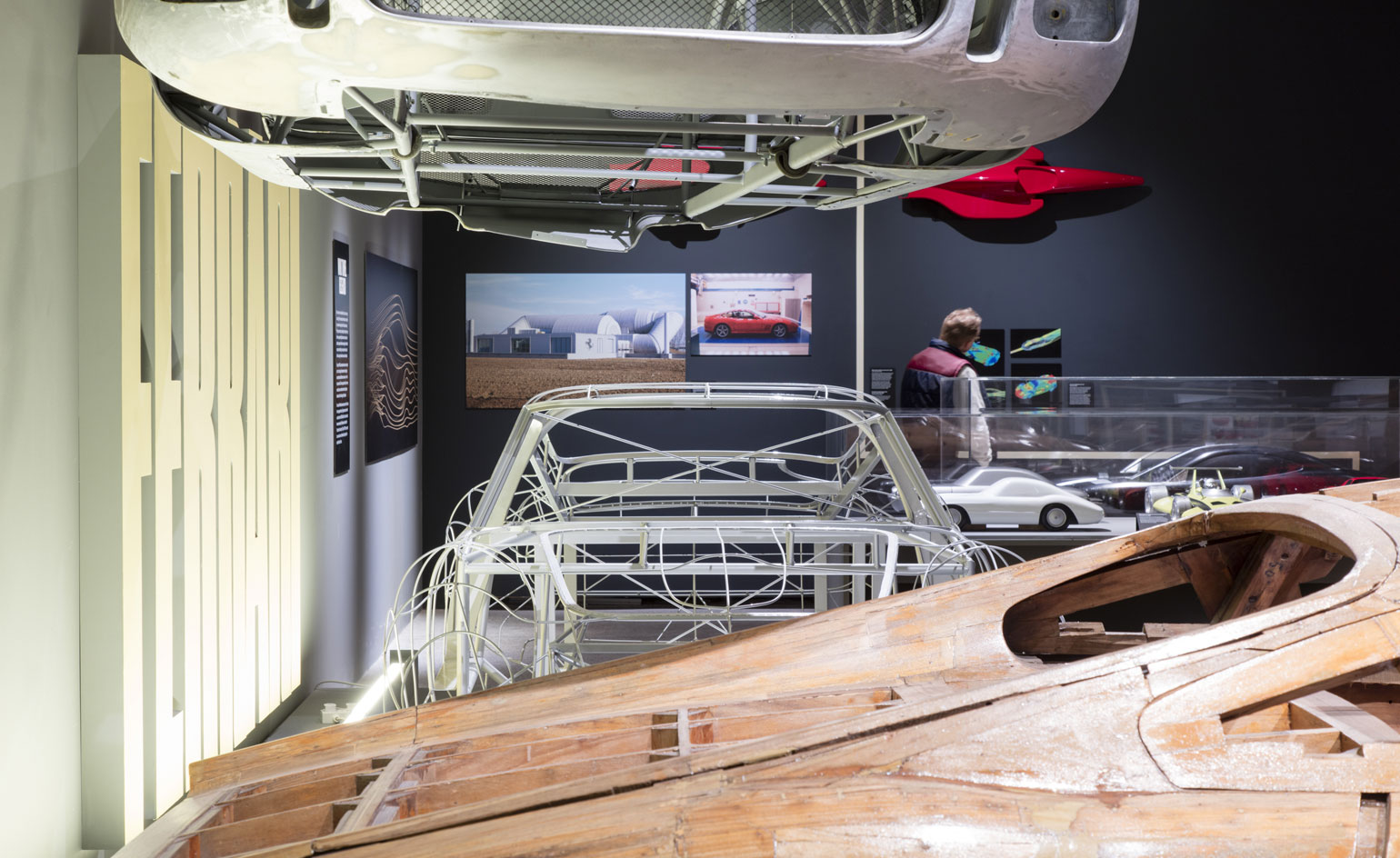
A scattering of models of various scales, styling bucks and engines and chassis.
INFORMATION
‘Ferrari: Under the Skin’ is on view until 15 April 2018. For more information, visit the Design Museum London website
ADDRESS
Design Museum
224-238 Kensington High Street
London
W8 6AG
Receive our daily digest of inspiration, escapism and design stories from around the world direct to your inbox.
Jonathan Bell has written for Wallpaper* magazine since 1999, covering everything from architecture and transport design to books, tech and graphic design. He is now the magazine’s Transport and Technology Editor. Jonathan has written and edited 15 books, including Concept Car Design, 21st Century House, and The New Modern House. He is also the host of Wallpaper’s first podcast.
-
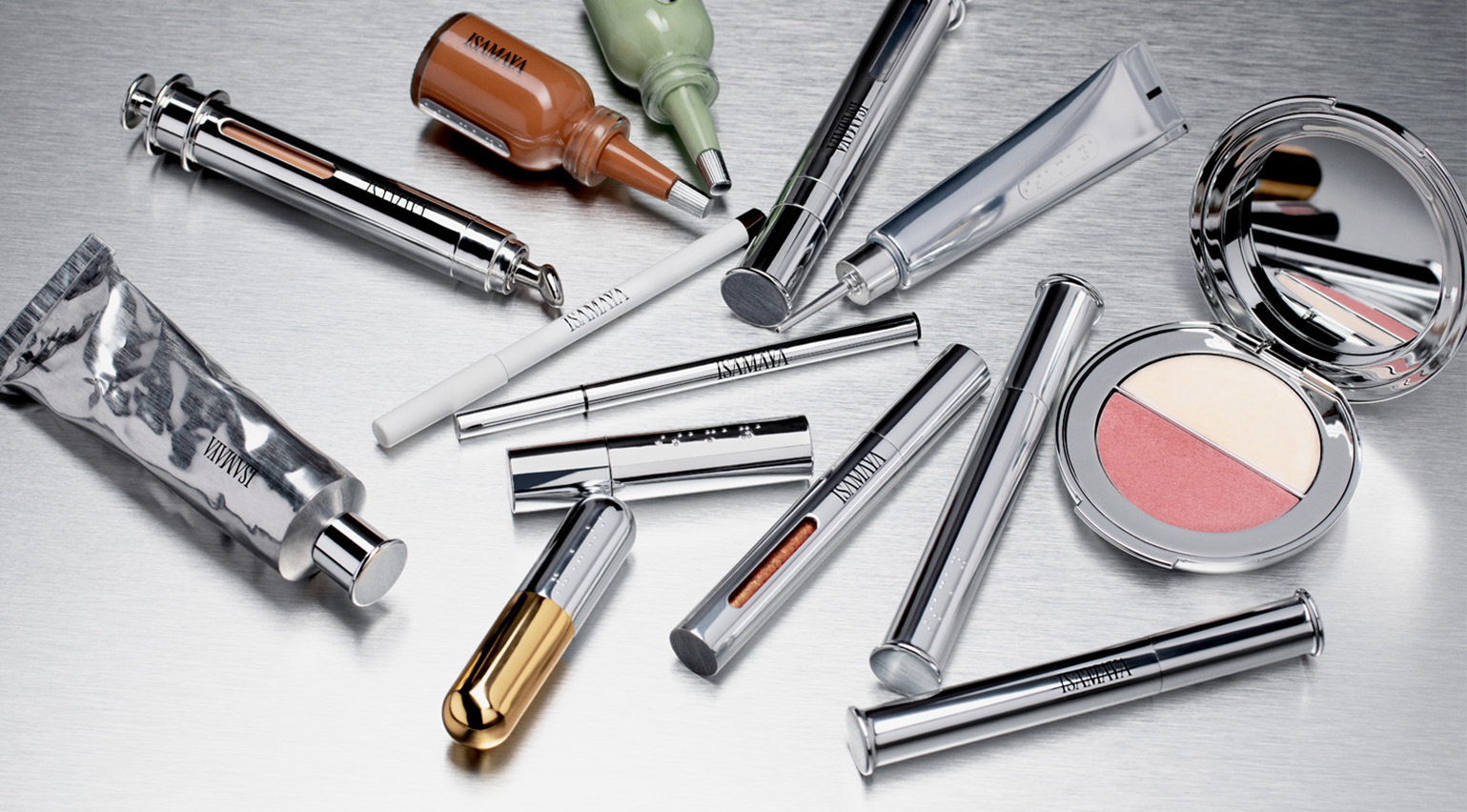 25 of the best beauty launches of 2025, from transformative skincare to offbeat scents
25 of the best beauty launches of 2025, from transformative skincare to offbeat scentsWallpaper* beauty editor Mary Cleary selects her beauty highlights of the year, spanning skincare, fragrance, hair and body care, make-up and wellness
-
 This cult Los Angeles pop-up restaurant now has a permanent address
This cult Los Angeles pop-up restaurant now has a permanent addressChef Brian Baik’s Corridor 109 makes its permanent debut in Melrose Hill. No surprise, it's now one of the hardest tables in town to book
-
 French bistro restaurant Maset channels the ease of the Mediterranean in London
French bistro restaurant Maset channels the ease of the Mediterranean in LondonThis Marylebone restaurant is shaped by the coastal flavours, materials and rhythms of southern France
-
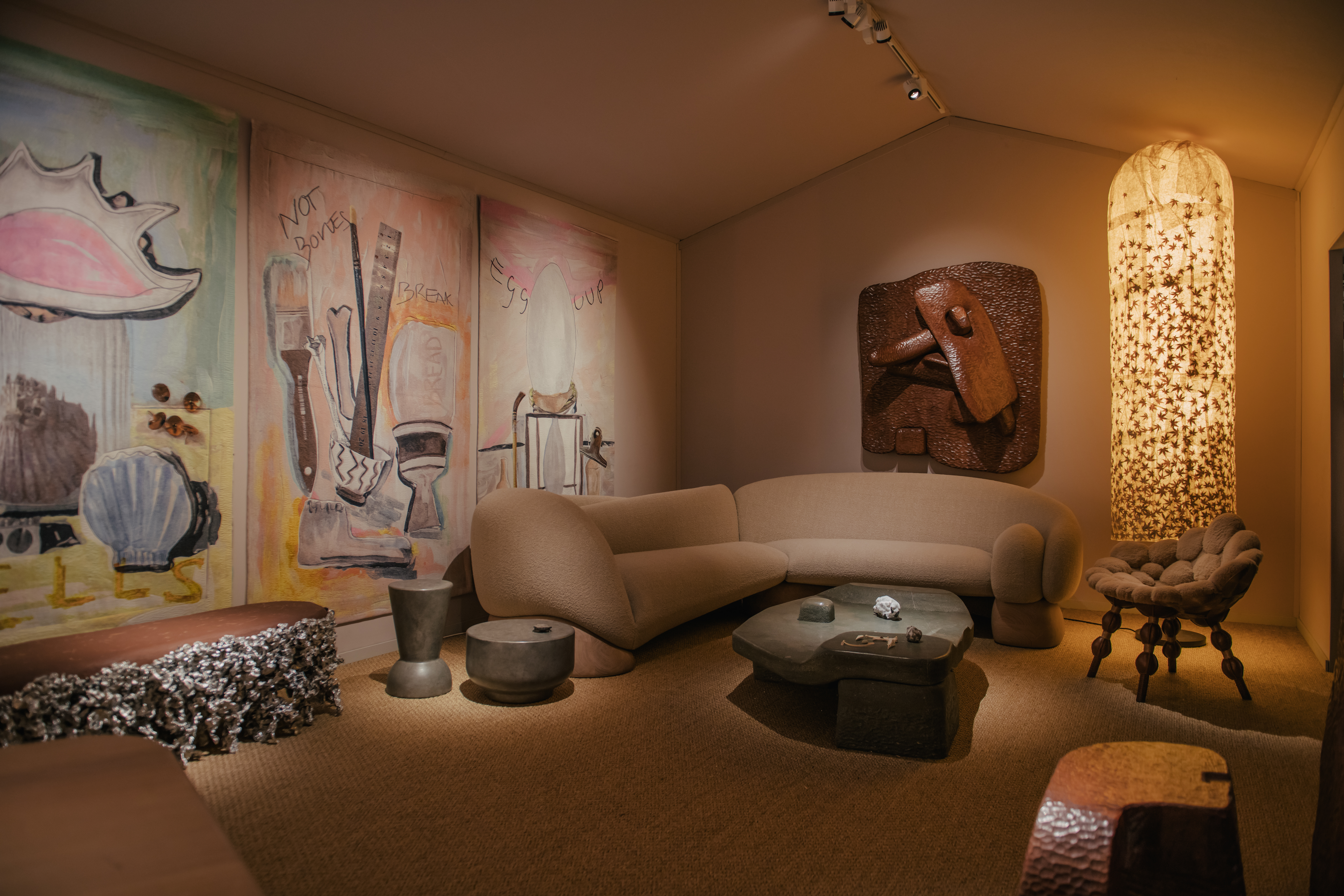 Step inside Faye Toogood's intimate cabinet of curiosities at PAD London
Step inside Faye Toogood's intimate cabinet of curiosities at PAD LondonFor PAD London 2025, (until 19 October) Faye Toogood presents The Magpie’s Nest with Friedman Benda
-
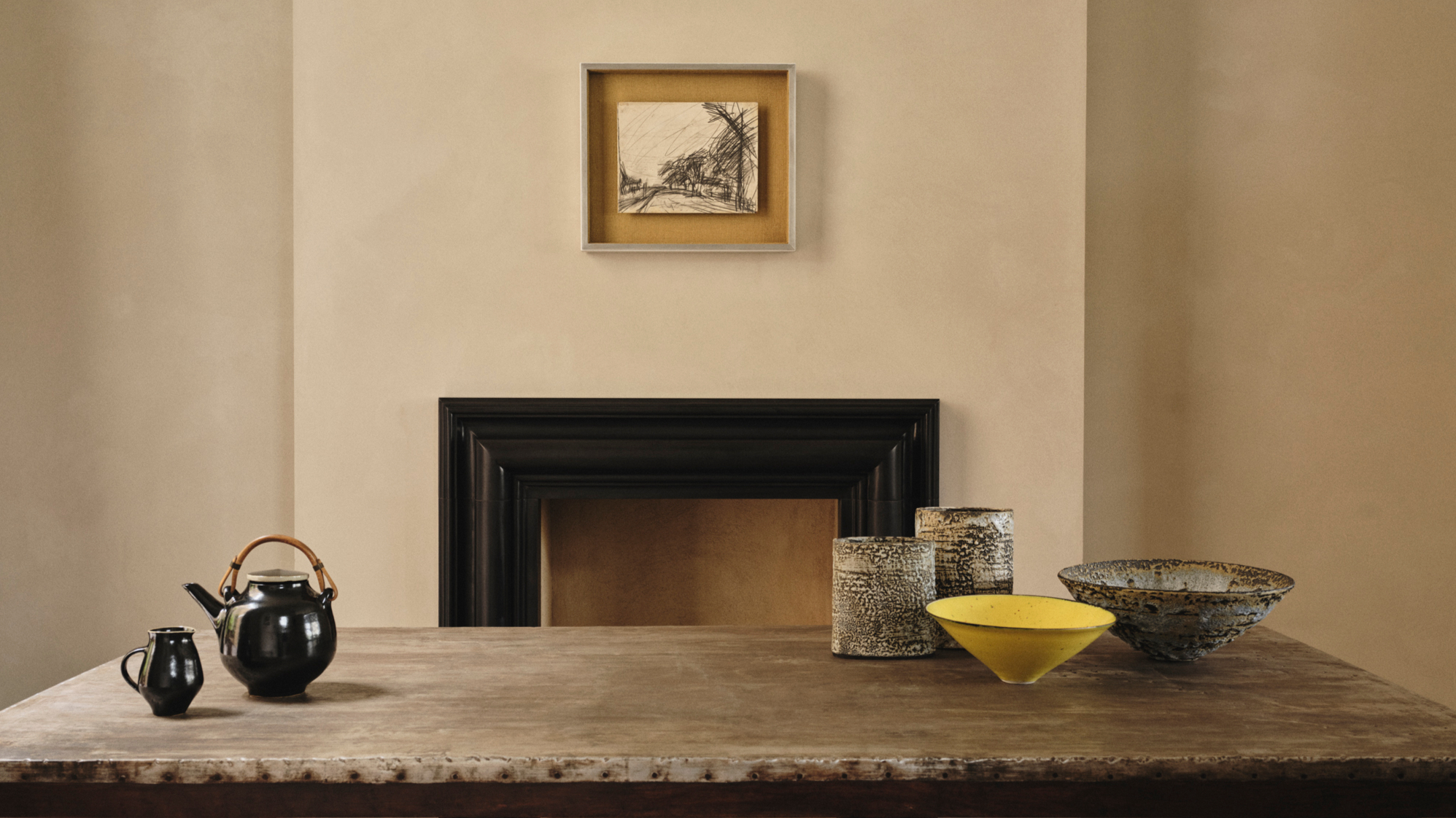 Rajan Bijlani opens his Primrose Hill home for ‘Electric Kiln’
Rajan Bijlani opens his Primrose Hill home for ‘Electric Kiln’In his London home – once the studio of ceramicist Emmanuel Cooper – Rajan Bijlani stages ‘Electric Kiln’, uniting Frank Auerbach, Lucie Rie and Cooper in an intimate reflection on the creative spirit of postwar London
-
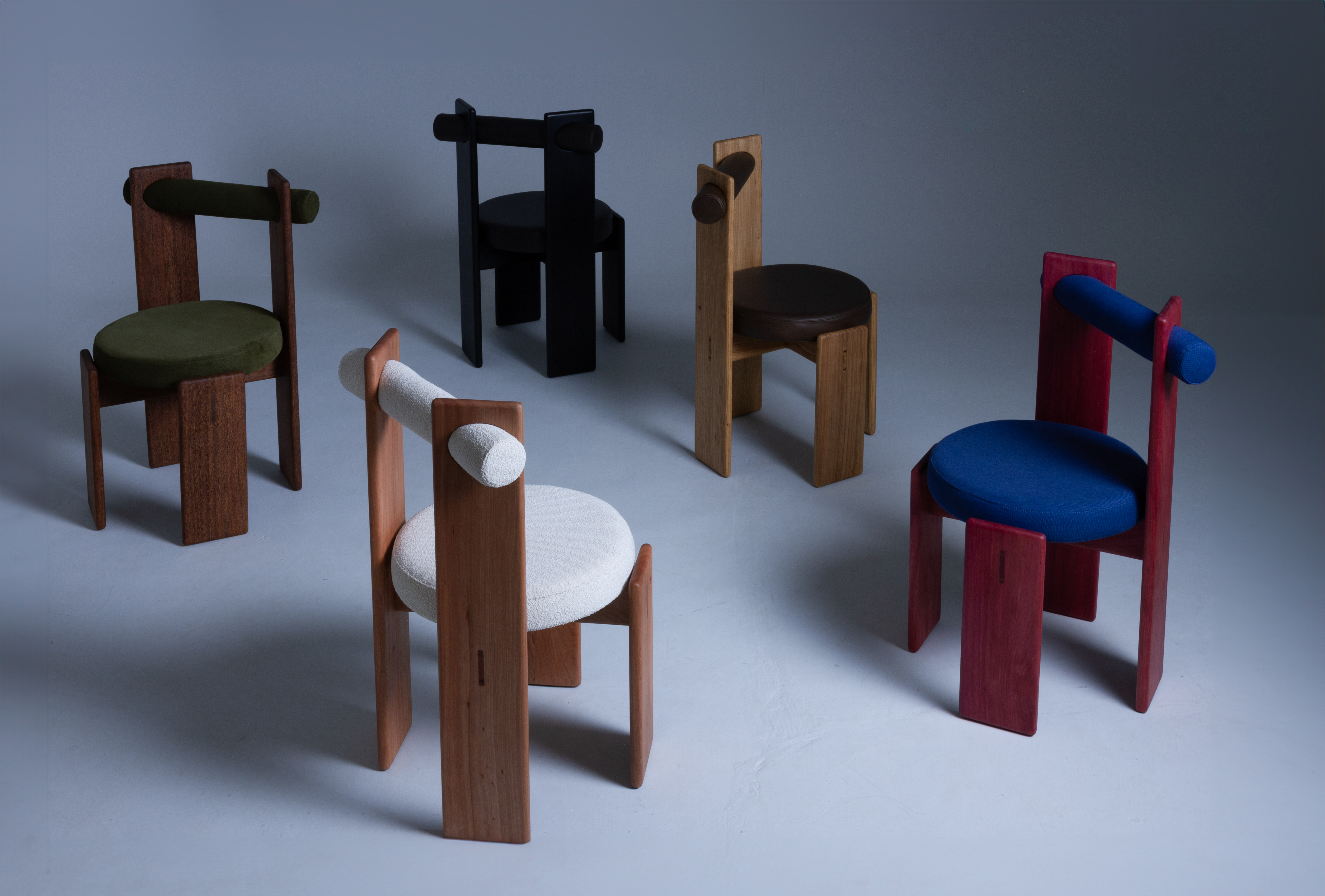 These are the design exhibitions to see in London during Frieze Week
These are the design exhibitions to see in London during Frieze WeekWe round up the best design events happening in London in conjunction with Frieze Week 2025: discover collectible design and craft across the city
-
 Norman Foster and nine other architects design birdhouses for charity – you can bid
Norman Foster and nine other architects design birdhouses for charity – you can bid‘Architects for the Birds’ is spearheaded by Norman Foster and the Tessa Jowell Foundation to raise funds to improve treatment for brain cancer. Ten architect-designed birdhouses will go up for auction
-
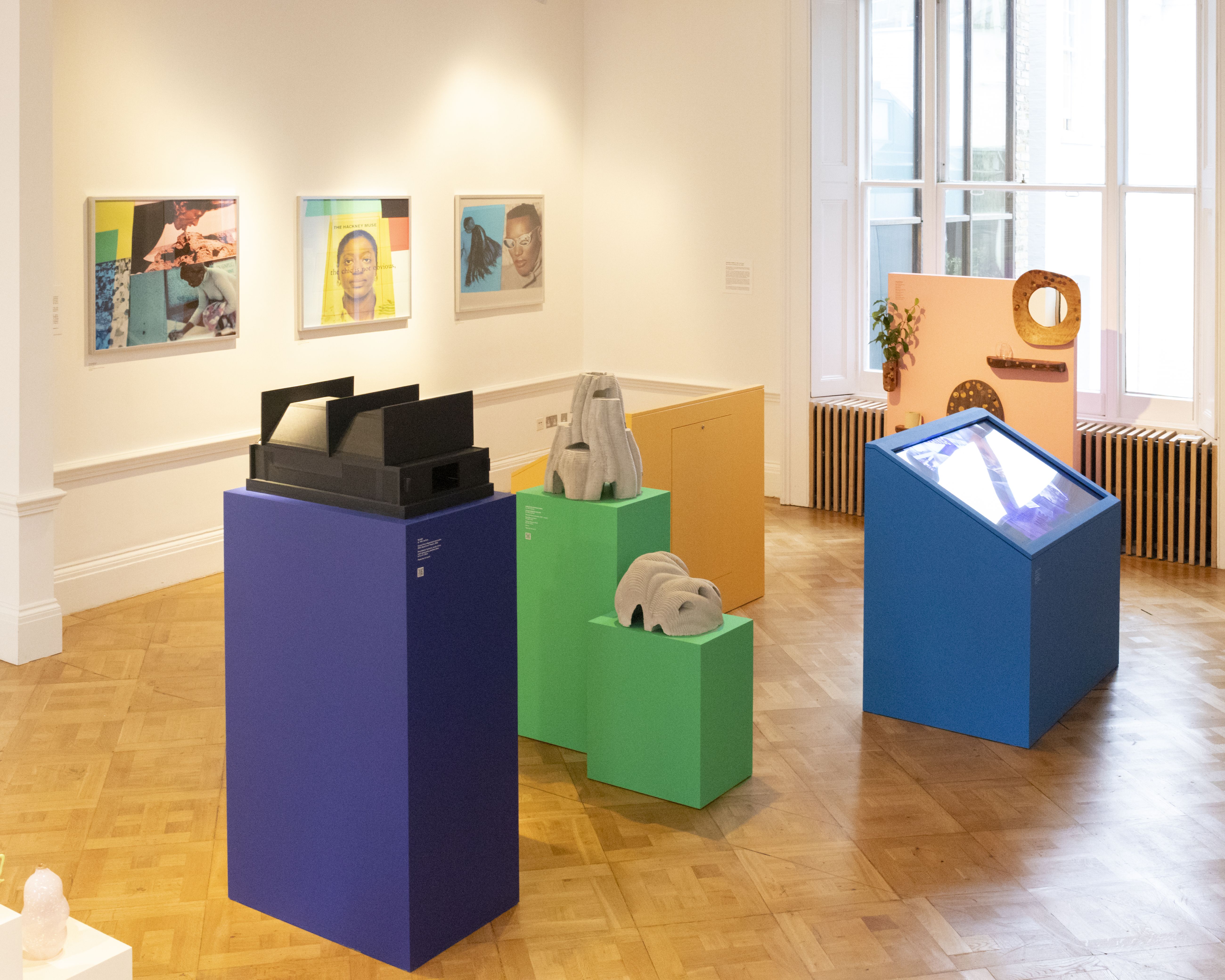 The David Collins Foundation celebrates creativity in all its forms at London Design Festival
The David Collins Foundation celebrates creativity in all its forms at London Design FestivalThe David Collins Foundation presents ‘Convergence’ at the Lavery during London Design Festival 2025 (on view until 19 September), featuring works from the Arts Foundation’s annual Futures Awards
-
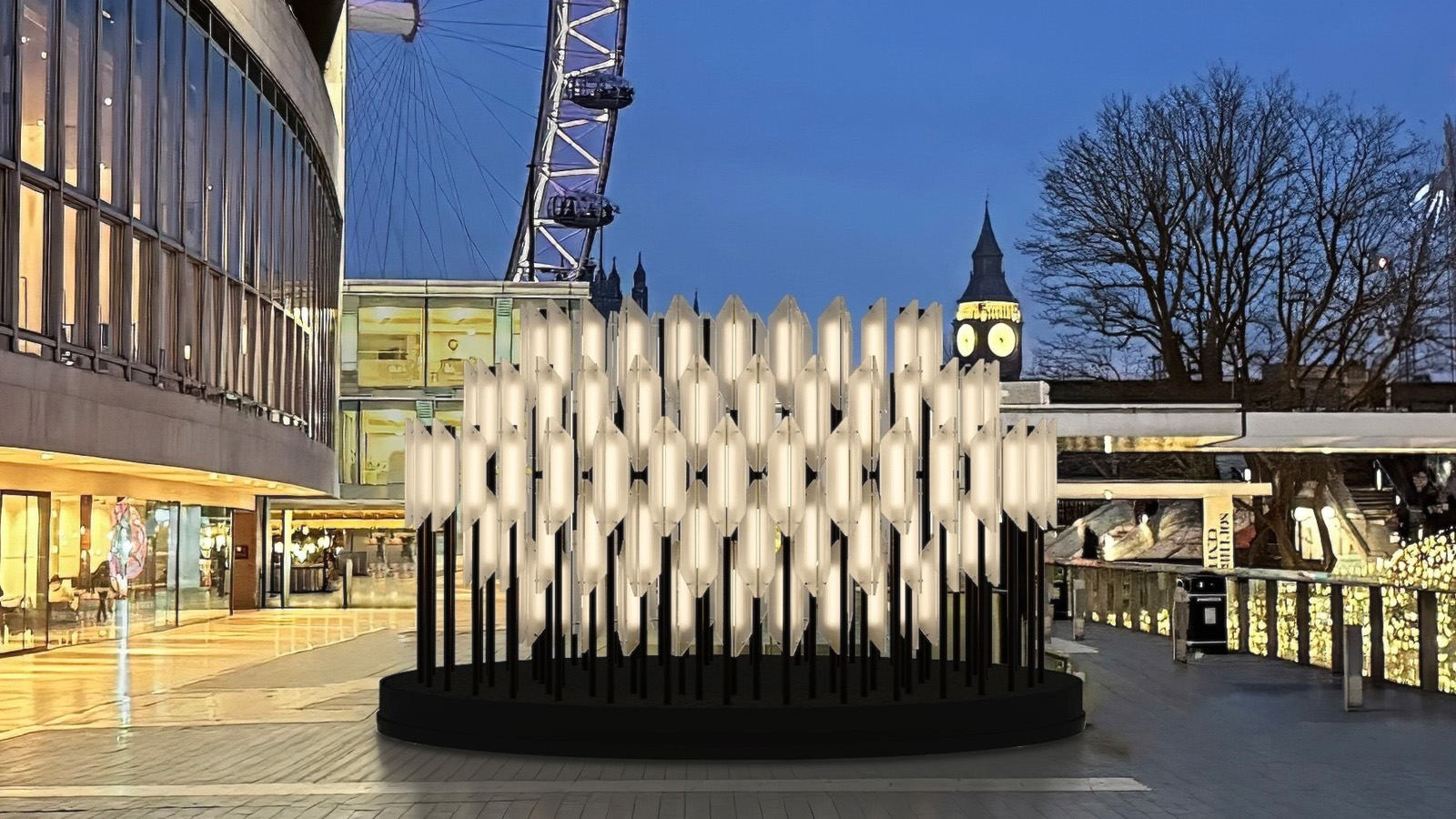 Lee Broom’s brutalist-inspired ‘Beacon’ will light up London as Big Ben strikes the hour
Lee Broom’s brutalist-inspired ‘Beacon’ will light up London as Big Ben strikes the hourSet to pulse through London Design Festival 2025 (13-22 September) and beyond, the British industrial designer’s sculptural light installation on the South Bank draws on its surroundings
-
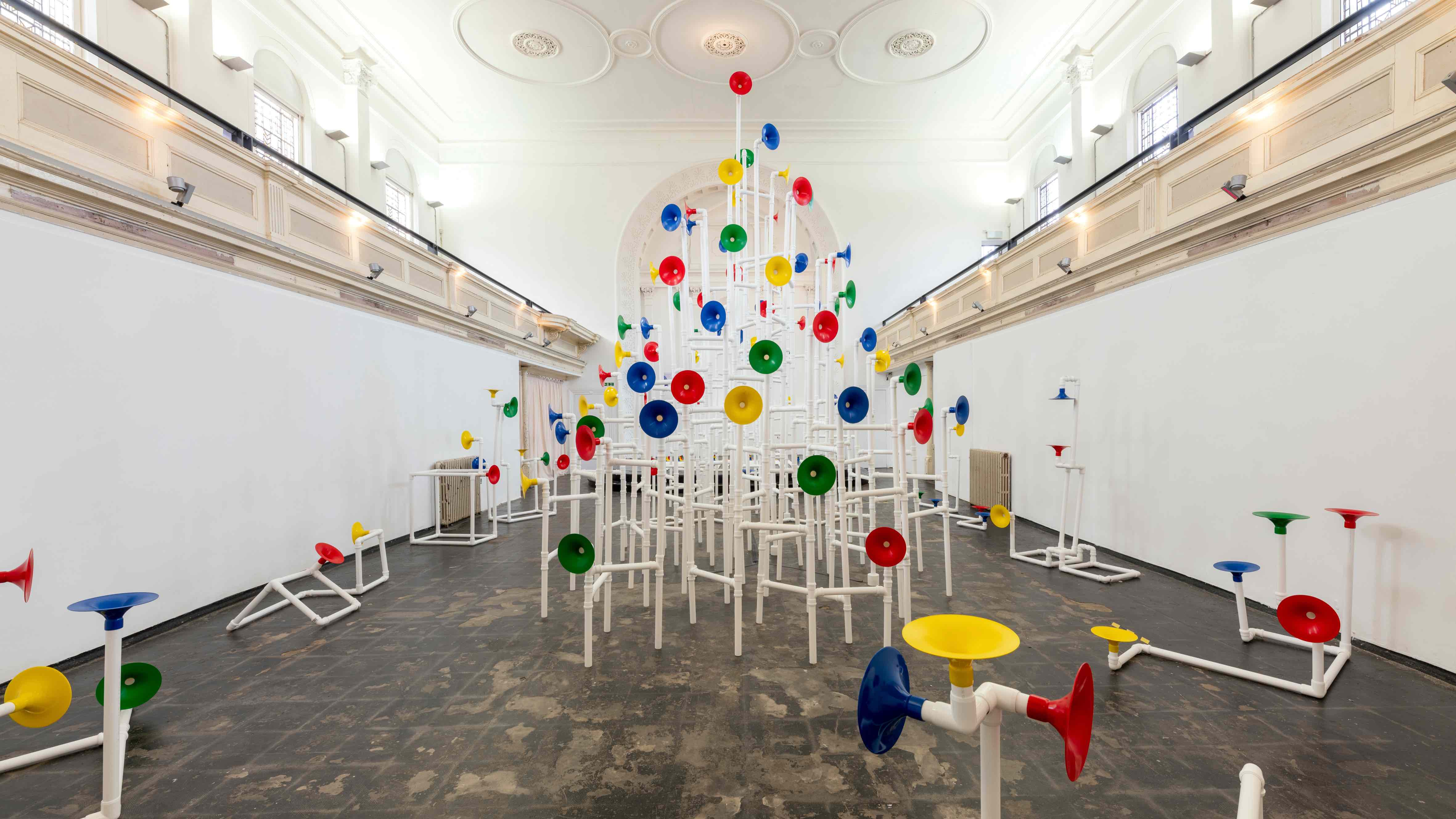 Yuri Suzuki turns sound into architecture at Camden Arts Projects
Yuri Suzuki turns sound into architecture at Camden Arts ProjectsThe sound designer unveils ‘Utooto’, an interactive installation at London’s Camden Arts Projects (until 5 October 2025), in which visitors collaboratively build a sonic piece of architecture
-
 Alex Tieghi-Walker unveils his plans for Brompton Design District 2025
Alex Tieghi-Walker unveils his plans for Brompton Design District 2025Ahead of London Design Festival 2025, we catch up with New York gallerist Alex Tieghi-Walker about his appointment as curator of the Brompton Design District programme